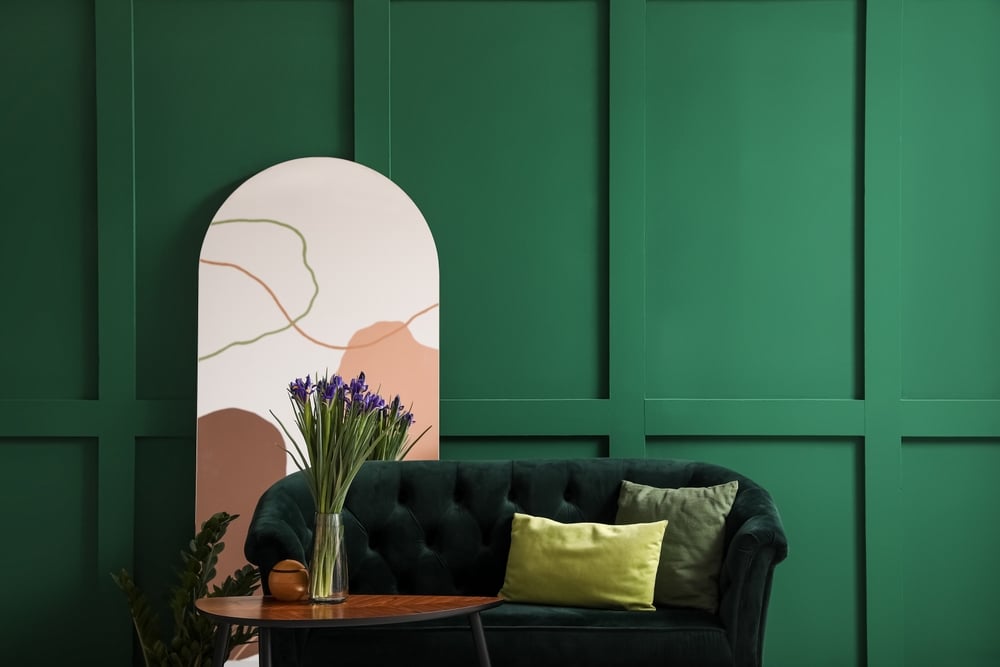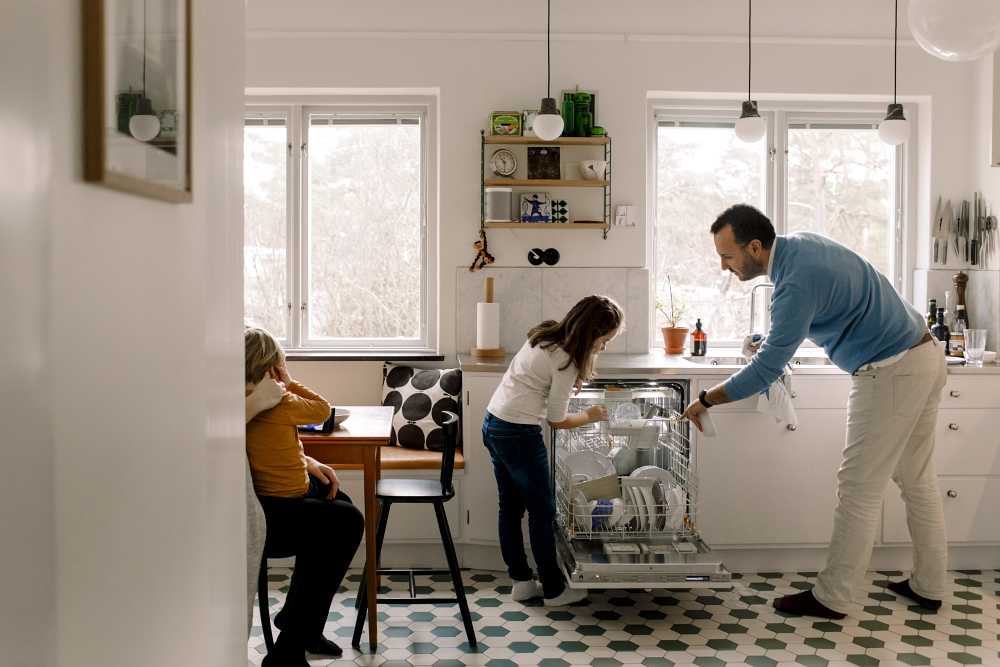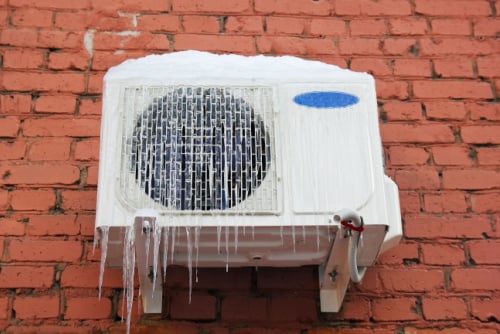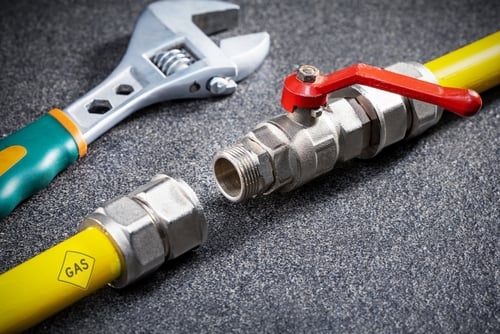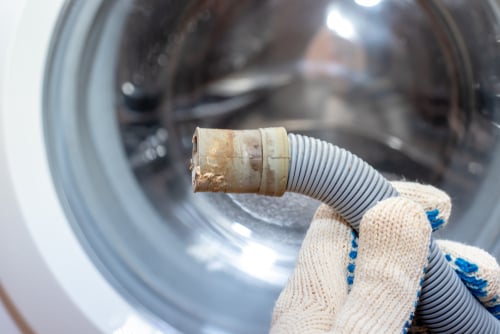If you've ever owned a heavy mirror or a large piece of artwork, you know that finding the perfect spot to display it can be a game-changer for your home decor. But hanging a heavy mirror is no simple task – it requires the right tools, techniques, and a little bit of patience.
We have asked Frontdoor Expert Swannell Thompson to help create tips for hanging mirrors. Swannell has over 10 years of experience mounting various TV’s and other objects in homes. He also has 15 years of experience in electrical and low voltage wiring, as well as 7 years in the HVAC industry.
Tools and Materials You'll Need
Before you begin, you’ll need to gather the following tools and materials:
- Heavy-duty Wall Anchors: These are the unsung heroes of hanging heavy objects on drywall. Look for anchors with a high weight capacity (at least twice the weight of your mirror). We recommend that any object over 100 pounds or more to use a french cleat hanging system.
- Screws: Ensure they are compatible with your chosen anchors. They should be long enough to penetrate the anchor and the wall but not so long that they poke through the other side. It is always the best practice to use heavy duty screws and secure them into a wall stud whenever possible when hanging heavy objects on a sheetrock wall.
- A Level: This will help you ensure your mirror is perfectly straight.
- Measuring Tape: to measure and mark the hanging location accurately.
- Pencil: For marking your measurements on the wall.
- Drill and Drill Bits: to create holes for the anchors and screws.
- Stud Finder: If your mirror is exceptionally heavy and you plan to attach it to wall studs.
- Safety Gear: Safety goggles to protect your eyes and gloves to safeguard your hands while drilling and handling heavy objects.
Step 1: Choose the Perfect Location
The first step in hanging a heavy mirror is selecting the right spot on the wall. Consider the following factors:
- Visibility: Ensure the mirror is at eye level for most people. If it's too high or low, it may not be functional or visually appealing.
- Lighting: Position the mirror in a way that reflects natural or artificial light to brighten the room.
- Centering: If you're hanging the mirror above a piece of furniture (e.g., a console table or a dresser), center it horizontally and maintain a balanced look.
- Spacing: Leave enough space around the mirror to allow it to breathe visually. It should not feel cramped or overcrowded.
Once you've found the perfect spot, use your measuring tape and pencil to mark the desired location on the wall. If you're attaching the mirror to wall studs, use a stud finder to locate them and mark their positions as well.
Step 2: Prepare Your Mirror
Before you start mounting your mirror, ensure that it's prepared for hanging.
Clean the mirror's surface to remove any dust or smudges.
Check the back of the mirror for D-rings or other hanging hardware. If they are not already attached, you may need to do so.
Step 3: Determine the Mounting Points
Determine where you will place the mounting hardware on the back of the mirror.
Ideally, you should use two mounting points, such as D-rings, one on each side of the mirror's frame. Measure and mark these points precisely, ensuring they are level with each other. Follow the steps below:
- Flip the mirror over so that the D-rings face upward.
- Use a level to mark a level line just above the D-rings.
- Ensure the D-rings are pushed down flat towards the top of the mirror.
- Apply 2” wide painter’s tape, positioning the top edge of the tape on the level line, and press it over the D-rings to outline them.
- Use a small nail or pencil point to create a hole at the top center part of the D-ring through the tape.
- Remove the painter’s tape from the item and transfer it to the desired hanging location on the wall.
- Align the top edge of the painter’s tape with the level line on the wall and mark the wall through the holes in the tape.
- This method ensures that your anchors are placed correctly, resulting in a straight and level hanging.
Step 4: Install Wall Anchors
Now, it's time to prepare your wall for the mirror. If you're not attaching the mirror to wall studs, you'll need to use wall anchors to distribute the weight evenly and prevent the mirror from falling.
- Use your measuring tape and level to double-check the marks you made for the mirror's height.
- Drill holes for the wall anchors at the marked spots. Make sure the holes are slightly smaller than the anchors themselves.
- Insert the wall anchors into the holes. You may need to tap them gently with a hammer to ensure they are flush with the wall surface.
Step 5: Attach D-Rings or Hanging Hardware
With the wall anchors in place, it's time to attach the D-rings or other hanging hardware to the mirror. Ensure they are secure and level. Use appropriate screws to fasten them to the frame or back of the mirror.
Step 6: Hang the Mirror
You’ve arrived at the moment of truth.
Carefully lift your heavy mirror and hang it on the wall anchors or hooks you've installed. Be sure to have another person assist you with this step, especially if the mirror is particularly large or heavy.
Step 7: Level and Adjust
Use your level to check if the mirror is perfectly straight and level. Adjust the mirror as needed by gently shifting it left or right. Once it's level, step back and admire your handiwork.
Step 8: Secure the Mirror
If you want to take extra precautions to ensure your mirror stays in place, you can use wall-safe adhesive strips or museum putty to attach the bottom of the mirror to the wall.
This step is highly recommended for households with children or pets.
Step 9: Enjoy Your New Mirror
Congratulations! You've successfully hung your heavy mirror! Take a step back and admire how it enhances your living space, adding depth, style, and functionality.
Additional Tips for Hanging a Heavy Mirror
- Regular Maintenance: Periodically check the mirror's hanging hardware and wall anchors to make sure they are secure. Tighten any loose screws or replace wall anchors if necessary.
- Weight Limit: Always adhere to the weight limit recommendations of your chosen wall anchors and hardware. Exceeding these limits can lead to accidents.
- Use a High-Quality Level: Investing in a good-quality level is essential for ensuring your mirror hangs perfectly straight. A quality level will be useful to you for future home projects.
- Professional Installation: If you have a particularly valuable or delicate mirror, or if you're unsure about your DIY skills, consider hiring a professional to hang it for you.
We encourage you to use the Frontdoor app to video chat with an Expert to assist you during any point in the process. Our Experts are on standby 7am-10pm eastern time, 7 days a week. and look forward to helping you with all your home improvement needs!
Frontdoor® offers a variety of ways to get things done. Whether you prefer connecting via video chat with experienced home repair and maintenance Experts, receiving a list of vetted Pros for in-home repairs, or utilizing our how-to library to DIY, we've got you covered.
With Frontdoor, completing tasks has never been easier, so why wait? Open the Frontdoor and start taking control of your home to-do list.
Was this article helpful?
